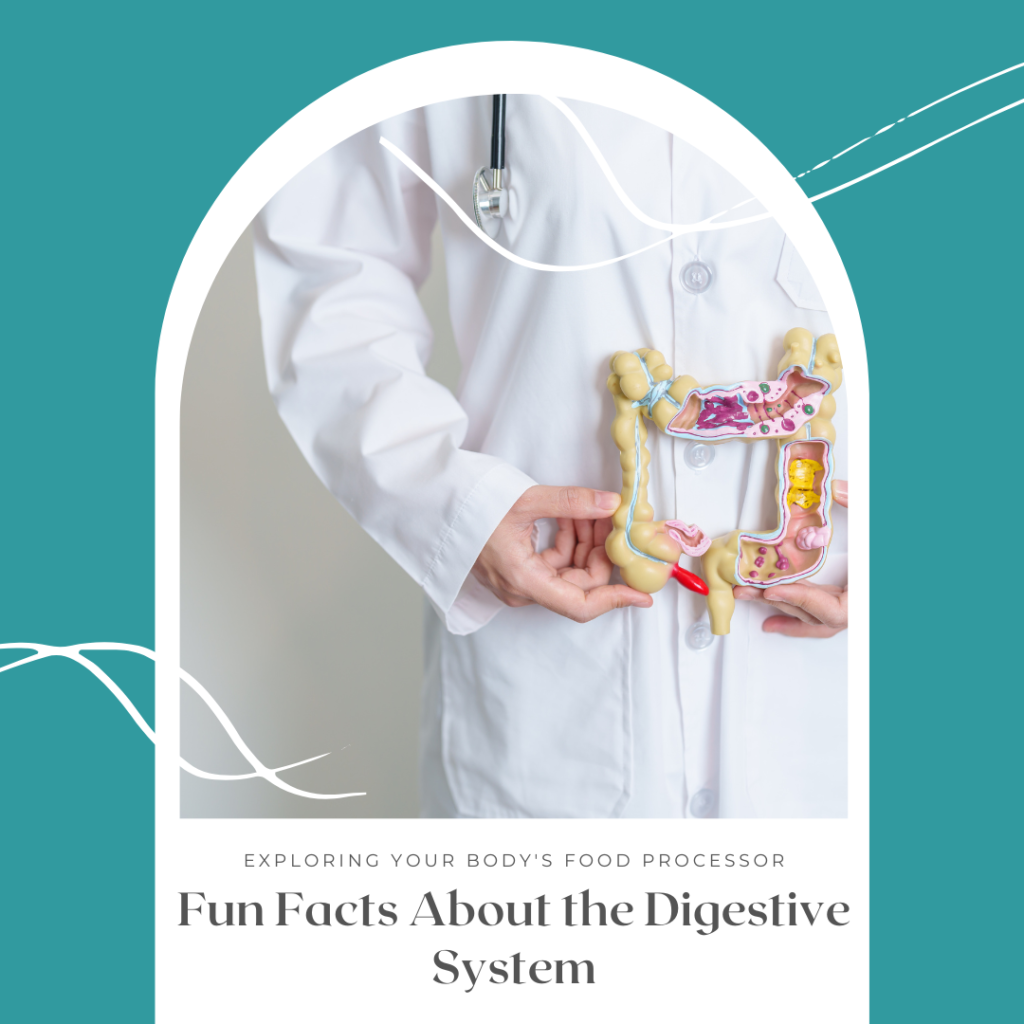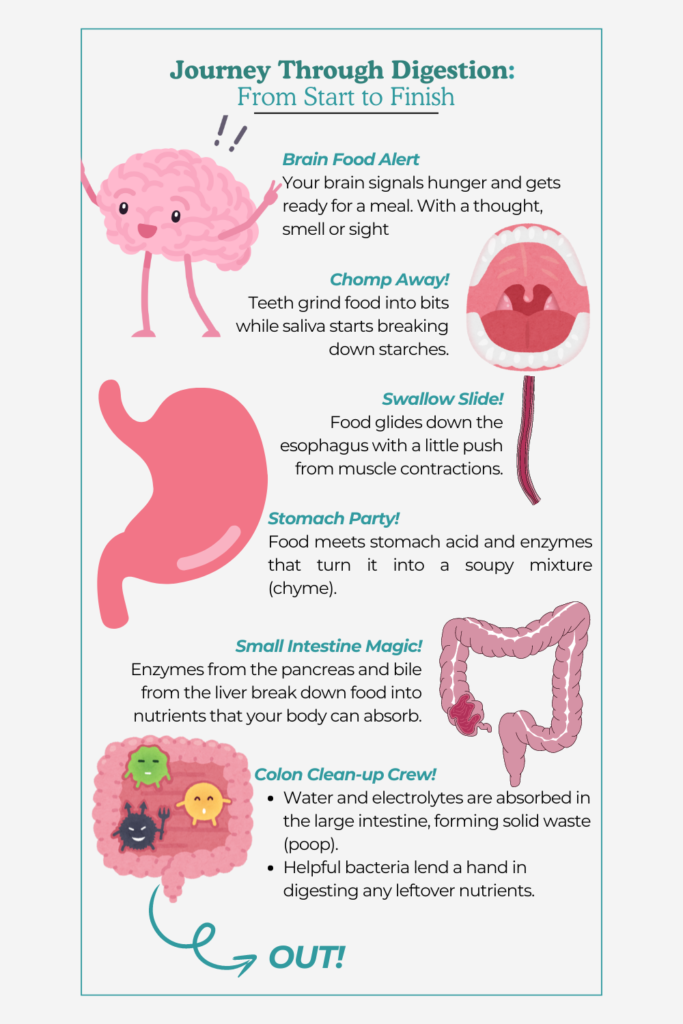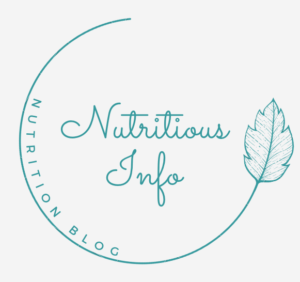Exploring Your Body’s Food Processor

I always believed that if a change is wanted, it can’t be achieved without proper understanding. As for health, digestive system is a must to understand, at least the basics 🫡.And by the way, it is a fascinating organ from its remarkable ability to process food to the complex mechanisms behind nutrient absorption, join us as we uncover the fun and surprising facts about the digestive system. Whether you’re curious about its role in overall health or simply interested in understanding more about how your body works, get ready to discover some entertaining insights that will leave you amazed at the marvels within you!
To start, you need to know that Digestion is the process by which food gets broken down into really small items called nutrients, such as glucose, amino acids, vitamins and minerals. This process takes place in the Gastrointestinal tract, basically means stomach and intestines (part of digestive system). Moreover, digestion is accomplished by both mechanical and chemical processes so the nutrients can be extracted then absorbed into the bloodstream and distributed throughout the body. This process is not simple and involves highly complex interactions between many different acids, enzymes, hormones and other items.
1. It Starts with a thought
A fascinating fact about digestion is that it begins with a thought. The sight, smell, or even the mere thought of food triggers a cascade of physiological responses in the body. These anticipatory signals prompt the brain to send messages to the gastrointestinal system, signaling the release of digestive enzymes and preparing the stomach and intestines to receive and process food efficiently. This illustrates the intricate connection between our mental state and digestive processes, showcasing how our thoughts can directly influence the physiological functions essential for breaking down and absorbing nutrients from the foods we consume.
2. Your Mouth: The Gateway to Digestion
The moment you take a bite, chewing initiates a complex process beyond food breakdown. It mixes food with saliva, rich in enzymes like amylase that begin breaking down carbohydrates right in your mouth. Moreover, the act of chewing sends signals to your brain and stomach, triggering the release of digestive juices and preparing your digestive system to efficiently extract nutrients from the food you consume. This initial step not only aids in digestion but also sets the stage for optimal nutrient absorption throughout your body. Therefore, take your time to chew 😉
2. The Esophagus: More than a Tube
Ever wondered how food travels from your mouth to your stomach? Enter the esophagus, a muscular tube includes layers of muscle that uses peristalsis (wave-like muscle contractions) to push food downward. It’s equipped with a sphincter that opens to let food into the stomach and closes to prevent stomach acid from flowing back up. Which means it serves as a protective mechanism. Moreover, the speed of peristalsis varies but is generally swift, typically allowing food to traverse the esophagus in approximately 8-10 seconds. In addition, The inner lining is lined with mucous membrane, which secretes mucus to lubricate food and protect the esophageal walls during passage, and make it ready for stomach digestion.
3. Stomach: The Mixing Bowl
Your stomach isn’t just a storage pouch—it’s a dynamic organ that mixes chewed food with gastric juices containing hydrochloric acid (HCL) and enzymes. My instructors used to call it the washing machine. It breaks down proteins and kills bacteria, turning your meal into a semi-liquid substance called chyme. Moreover, It plays a crucial role in regulating appetite through hormonal and nerve signals, influencing feelings of hunger and satiety.
4. Small Intestine: Nutrient Highway
despite its name, plays a monumental role in the digestive process, extending to an average length of about 20 feet in adults. It is divided into three segments: the duodenum, jejunum, and ileum. Each section has unique responsibilities in absorbing nutrients from digested food. Simply, once chyme leaves the stomach, it enters the small intestine where the majority of digestion and nutrient absorption occur. Enzymes from the pancreas and bile from the liver further break down fats, proteins, and carbohydrates into absorbable molecules.
5. The Large Intestine: Home to Good Bacteria
It is wider in diameter but shorter in length compared to the small intestine. As undigested food moves into the large intestine (colon), water and minerals are absorbed, leaving behind fiber and waste. This is where your gut microbiome thrives—over 640 species of bacteria aid in fermenting fiber and producing beneficial compounds like vitamins and short-chain fatty acids.
I am taking a course in gut microbiome, and I am learning a lot of this small, little creature… definitely going to share 👍

6. Gut Microbiome: Your Digestive Allies
Speaking of the microbiome, these friendly bacteria aren’t just passive residents—they’re essential for digestion, immunity, and even mental health. They help break down complex carbohydrates, produce vitamins like B12 and K, and regulate inflammation. And more…
7. Digestive Hormones: Coordinating Precision in Digestion
Did you know that your digestive system produces its own hormones? Hormones such as gastrin, secretin, and cholecystokinin (CCK) oversee the production of stomach acid, release of enzymes, secretion of bile, and even influence mood, ensuring every aspect of digestion operates with precision. Keep in mind, there are more, not merely these 😯
8. Digestive Health Impacts Overall Well-being
Beyond processing food, your digestive system influences broader health outcomes. Poor gut health has been linked to conditions ranging from allergies to autoimmune diseases, highlighting the importance of maintaining a balanced diet and healthy lifestyle.
Remember, “All disease begins in the gut” —it’s a biological truth. The nutrients derived from food are circulated throughout your body, fueling cells, tissues, and organs. Optimal nutrition supports not only physical health but also cognitive function and emotional well-being.
Conclusion
As we’ve seen, the digestive system is a marvel of biological engineering. Its efficiency and complexity underscore the importance of understanding and caring for it. Read more, in 4 Everyday Foods That Can Destroy Your Digestive Health
Understanding how your body processes food is not only enlightening but empowers you to make choices that support long-term health. Take care of your digestive system, and it will take care of you!
Reference:
- Rolfes, S. R., Pinna, K., & Whitney, E. (2014). Understanding normal and clinical nutrition.
- Cengage learning.
- Choct, M. (2009). Managing gut health through nutrition. British poultry science, 50(1), 9-15.
- Wright, J. V., & Lenard, L. (2001). Why stomach acid is good for you: natural relief from
- heartburn, indigestion, reflux and GERD. Rowman & Littlefield.
- https://www.hsph.harvard.edu/nutritionsource/microbiome

Thanks for sharing such useful information!
I knew it was this complex and yet I didn’t know it was this complex! Thanks for breaking it down in a way much easier to understand, love the analogy with the stomach as a washing machine and I feel like I have a much better grasp on how everything works which is so wonderful
A quick and fun educational post!
Thanks for some great education information on our digestive systems – the body is so complicated and wonderous. Looking forward to what you share on gut microbiome in the future.
Great fun post for learning about your digestive system.love that there are references. From brain to mouth to stomach to small intestines and colon. Great overview and guide Ty!
This was a fun, as well as an educational read. I am very interested in our bodies. I read this with my young daughter and she enjoyed it too.
so happy that you find it enjoyable <3
Pingback: The importance of digestive system - nutritiousinfo
Excellent post. I definitely appreciate this website. Thanks!
Thanks so much <3